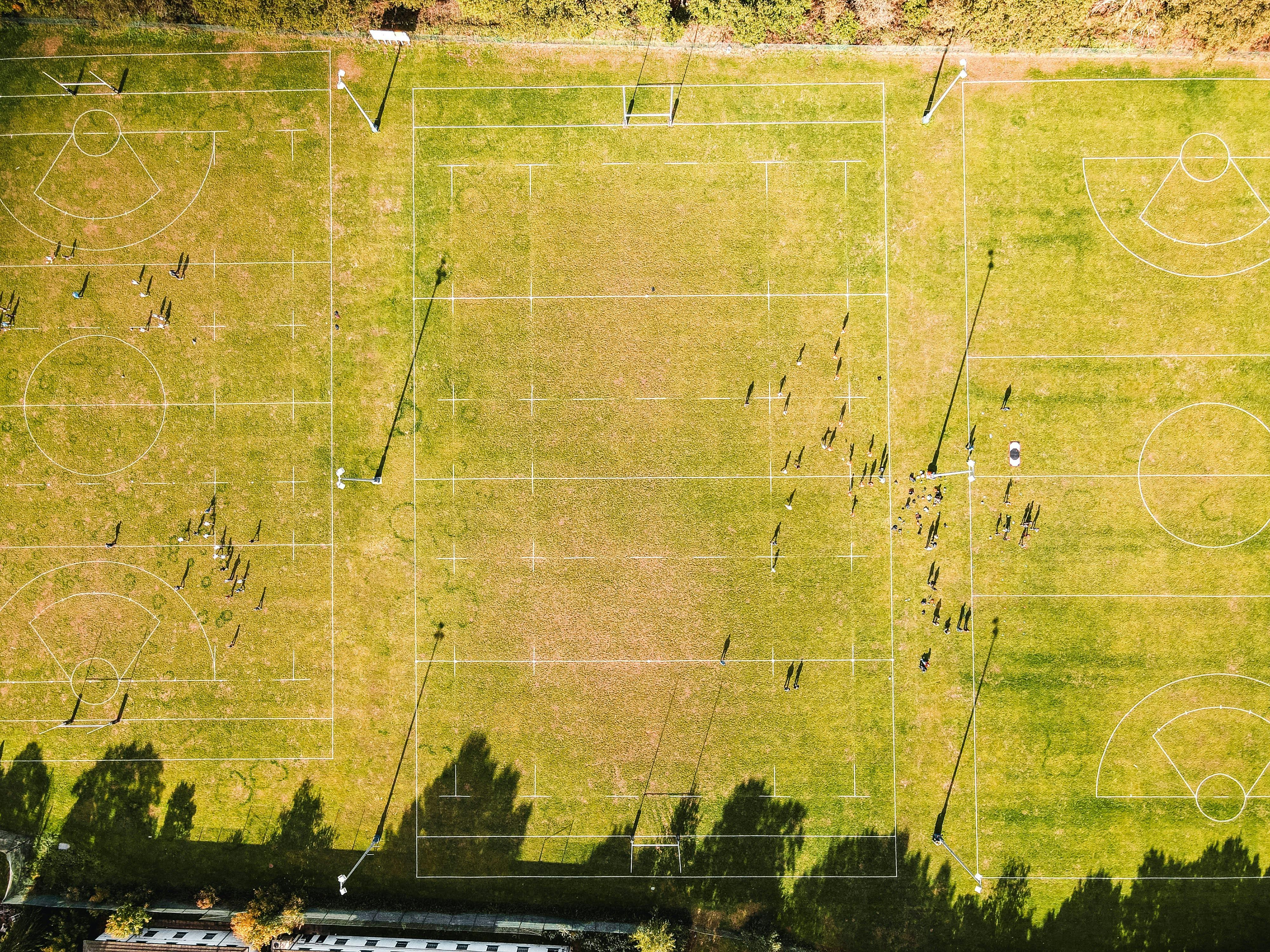There are many people who would like to play the piano in their own homes. However, traditional acoustic pianos offer many drawbacks. They are big, heavy, expensive and out of tune. Instead of an acoustic piano, an obvious alternative would be to get a digital piano. They offer none of these drawbacks, plus they have extra features like more than one piano tone and headphone jacks for silent practice.
If you’re a beginner, there are two obvious candidates to choose from. They are the Casio CDP-100 and the Yamaha NP-30. In this article I have set out to explain some of their differences and their pros and cons, allowing you to make a better informed decision if you want to buy one.
Keyboard
A standard modern piano keyboard has 88 keys (ie 7 octaves). The CDP-100 has 88 weighted keys with scaled hammer action, while the NP-30 only has 76 keys with graded soft touch (lower keys are heavy; higher keys are light). The general consensus of opinion among musicians is that the Casio provides the most realistic action and comes closest to the real feel of playing a real piano.
Dream
The CDP-100 has 5 different built-in piano tones, while the NP-30 has 10. Both are capable of producing a realistic grand piano sound from one of these tones. Also, the CDP-100 has 5 demo songs, while the NP-30 has 10. These songs are ideal for playing and practicing. The CDP-100 has a 2x 8W speaker system while the NP-30 has 2x 6W. Despite this, the NP-30 is considered to produce better quality sound from its speakers.
Portability and Construction
Both instruments are extremely portable due to their light weight, although the CDP-100 is physically slightly larger due to its larger keyboard. Aesthetically both look very attractive. The CDP-100 has a black/grey finish, while the NP-30 is available in a black or silver finish. Additionally, the CDP-100 is available with a matching stand that can make it look more attractive in your home.
conclusion
Whichever of these keyboards you choose to buy, the only thing you will get is excellent value for money. However, the one you choose will be the one that best suits your needs. In favor of the CDP-100 is the 88-note keyboard with its superior realism and feel. On the other hand, the NP-30 offers more built-in song and piano tones, and the sound output quality is better.
The CDP-100 is significantly more expensive than the NP-30 by a factor of about 50%. However, the NP-30 isn’t actually intended to be a digital piano (Yamaha refers to it as a digital keyboard in its marketing material, probably because the keyboard is less capable). If you’re really looking for an acoustic piano replacement, then the CDP-100 might be a better choice.
